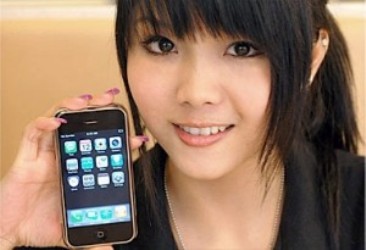
Apple will not be able to import and sell used iPhones in India going by the statement issued by a top telecom ministry official.
This is because “India government does not encourage dumping or recycling of hazardous materials,” said NN Kaul, a spokesman for the telecom ministry.
India, which is pushing a Make in India initiative to boost the competitiveness of its manufacturing sector, rejected the proposal citing rules against importing used electronics.
India’s smartphone makers oppose Apple’s proposal to sell refurbished iPhones in the country at a time when the US-based device major is facing poor response to its latest smartphones in several markets.
India is an important phone market for Apple. India’s smartphone market increased 12 percent to 24.4 million in the first quarter of 2016. The top five smartphone vendors are Samsung, Micromax, Intex, Lenovo and Lava.
Reuters report that selling refurbished iPhones – devices that have been returned by buyers or repaired to factory condition after damage – would breach India’s anti-dumping rules. The Consumer Electronics and Appliances Manufacturers Association had written to India’s telecom ministry to stall the move.
Sale of old Apple iPhones at a discount in India would have likely helped it increase its market share in one of the world’s fastest growing smartphone markets against competitors with much cheaper offerings.
Apple has about a 2 percent market share in India. Its sales in India surged 56 percent in the first three months of 2016, driven mainly by cheaper older-generation devices such as iPhone 5S while demand for the new iPhone SE disappointed.
After achieving 56 percent sales growth in India, Apple has become the second fastest-growing phone vendor in the top 10. Lenovo’s smartphone sales increased 63 percent in India.
Canalys Mobility Analyst Wilmer Ang earlier said that Apple is challenging Samsung’s dominance in the premium smartphone segment.
For devices priced over $300 (Rs 20,000), Samsung’s market share fell from 66 percent in Q1 2015 to 41 percent in Q1 2016, while Apple grew its market share from 11 percent to 29 percent.
“The 5s’ success in India has more to do with affordability of a premium brand than a preference for smaller phones, and the move to the more expensive SE will discourage budget buyers. Also, the recent government regulation curbing discounts on smart phones sold by online platforms will affect demand,” said Wilmer Ang.
The newly launched iPhone SE retails at Rs 39,000 ($585) in India – almost $200 higher than its U.S. price.
Apple, which currently retails in India through local partners, is already seeking government approval to set up its first store in the country.
Meanwhile Apple has lost a battle for the use of the iPhone trademark on leather goods in China after a Beijing court ruled against the world’s biggest technology company in favor of a local firm.





